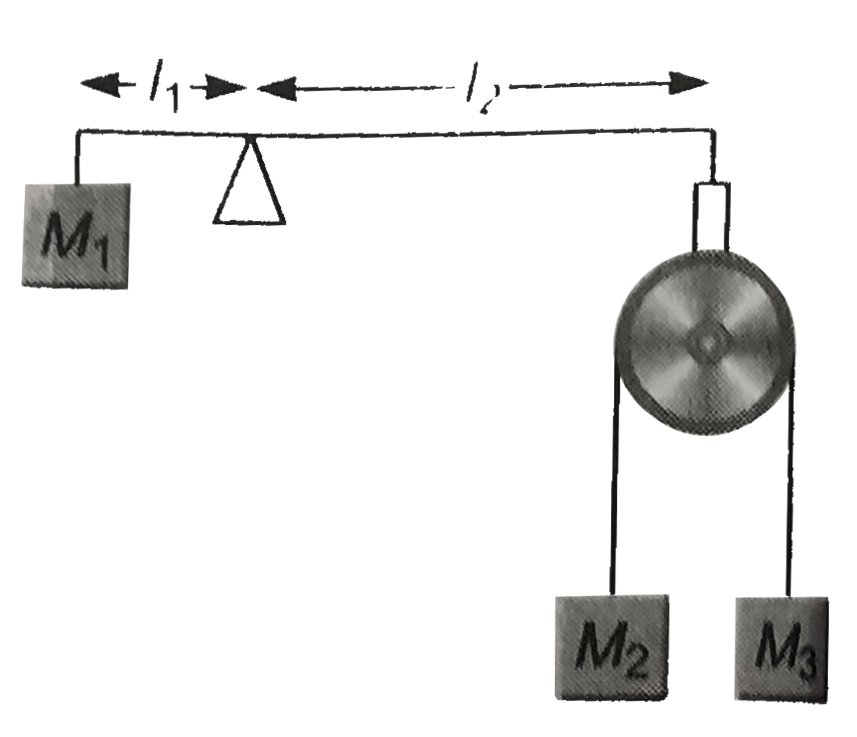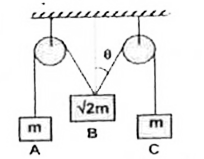Which atomic particle has negligible mass?
proton
electron
neutron
both proton and neutron
The correct Answer is:B
To determine which atomic particle has negligible mass, we can follow these steps:
Step 1: Identify the three main atomic particles
The three main atomic particles are:
- Neutrons
- Protons
- Electrons
Step 2: Understand the properties of each particle
- Neutrons: These particles are neutral and are found in the nucleus of an atom. They have a mass of approximately 1.67×10−27 kg.
- Protons: These particles are positively charged and are also found in the nucleus. Their mass is similar to that of neutrons, approximately 1.67×10−27 kg.
- Electrons: These particles are negatively charged and orbit around the nucleus. The mass of an electron is approximately 9.1×10−31 kg.
Step 3: Compare the masses of the particles
When we compare the masses:
- The mass of neutrons and protons is about 1.67×10−27 kg.
- The mass of electrons is 9.1×10−31 kg.
Step 4: Determine which particle has negligible mass
Since the mass of electrons (9.1×10−31 kg) is significantly smaller than that of neutrons and protons (1.67×10−27 kg), we conclude that electrons have negligible mass compared to the other atomic particles.
Step 5: Final answer
Thus, the atomic particle that has negligible mass is the electron.
---
The three main atomic particles are:
- Neutrons
- Protons
- Electrons
- Neutrons: These particles are neutral and are found in the nucleus of an atom. They have a mass of approximately 1.67×10−27 kg.
- Protons: These particles are positively charged and are also found in the nucleus. Their mass is similar to that of neutrons, approximately 1.67×10−27 kg.
- Electrons: These particles are negatively charged and orbit around the nucleus. The mass of an electron is approximately 9.1×10−31 kg.
When we compare the masses:
- The mass of neutrons and protons is about 1.67×10−27 kg.
- The mass of electrons is 9.1×10−31 kg.
Since the mass of electrons (9.1×10−31 kg) is significantly smaller than that of neutrons and protons (1.67×10−27 kg), we conclude that electrons have negligible mass compared to the other atomic particles.
Thus, the atomic particle that has negligible mass is the electron.
Topper's Solved these Questions
- BOOK - ICSECHAPTER - ATOMIC STRUCTURE EXERCISE - EXERCISES (True or False)5videos
ATOMIC STRUCTURE
- BOOK - ICSECHAPTER - ATOMIC STRUCTURE EXERCISE - EXERCISES (Fill in the blanks)5videos
ATOMIC STRUCTURE
- BOOK - ICSECHAPTER - ATOMIC STRUCTURE EXERCISE - Test Yourself-3 (Match the following)1videos
ATOMIC STRUCTURE
- BOOK - ICSECHAPTER - CARBON & ITS COMPOUNDSEXERCISE - OBJECTIVE TYPE QUESTIONS23videos
CARBON & ITS COMPOUNDS
Similar Questions
The effect of uncertainty principle is significant only for motion of microscopic particles and is negligible for the macroscopic particles. Justify the statement with the help of a suitable example.
View SolutionA livotad beam of negligible mass has mass suspended from one end and an Atwood's machine suspended from the other. The frictionless pulley has negligible mass and dimension. Gravity is directed downwards and M2=3M3,l2=3l1 . Find the retio M1/M2 which will ensure that the beam has no tedency to rotate just after the masses are released.
 View Solution
View SolutionWhich sub-atomic particle was discovered by
GoldsteinView SolutionWhich sub-atomic particle was discovered by
ThomsonView SolutionWhich sub-atomic particle was discovered by
Chadwick.View SolutionThe number of which subatomic particle is same in case of chlorine atom and chloride ion?
View SolutionThe number of which subatomic particle is same in case of chlorine atom and chloride ion?
View SolutionWhich of the following has negligible contribution to water potential in a fully flaccid cell
View SolutionOn the basis of Rutherford's model of an atom, which subatomic particle is present in the nucleus of an atom ?
View SolutionIn the system shown in the figure, which the following is correct? (Pulleys and strings are of negligible mass)
 View Solution
View Solution

